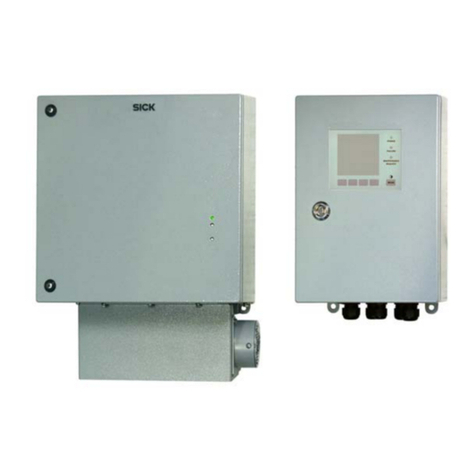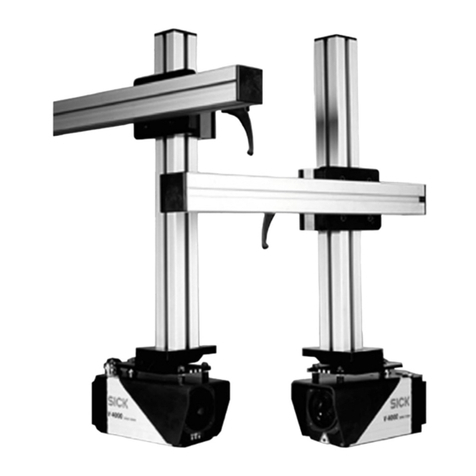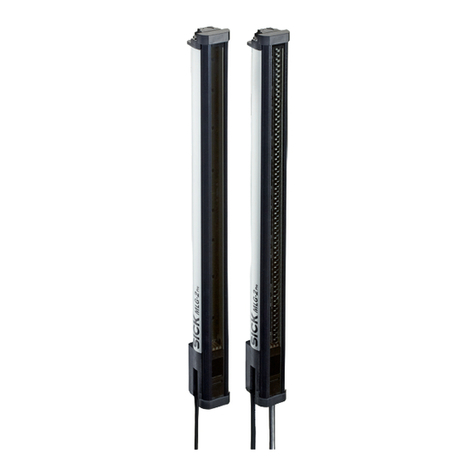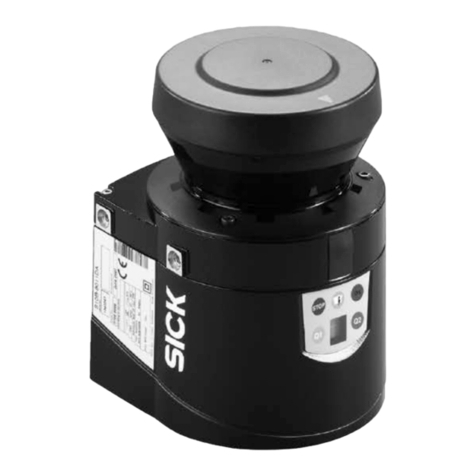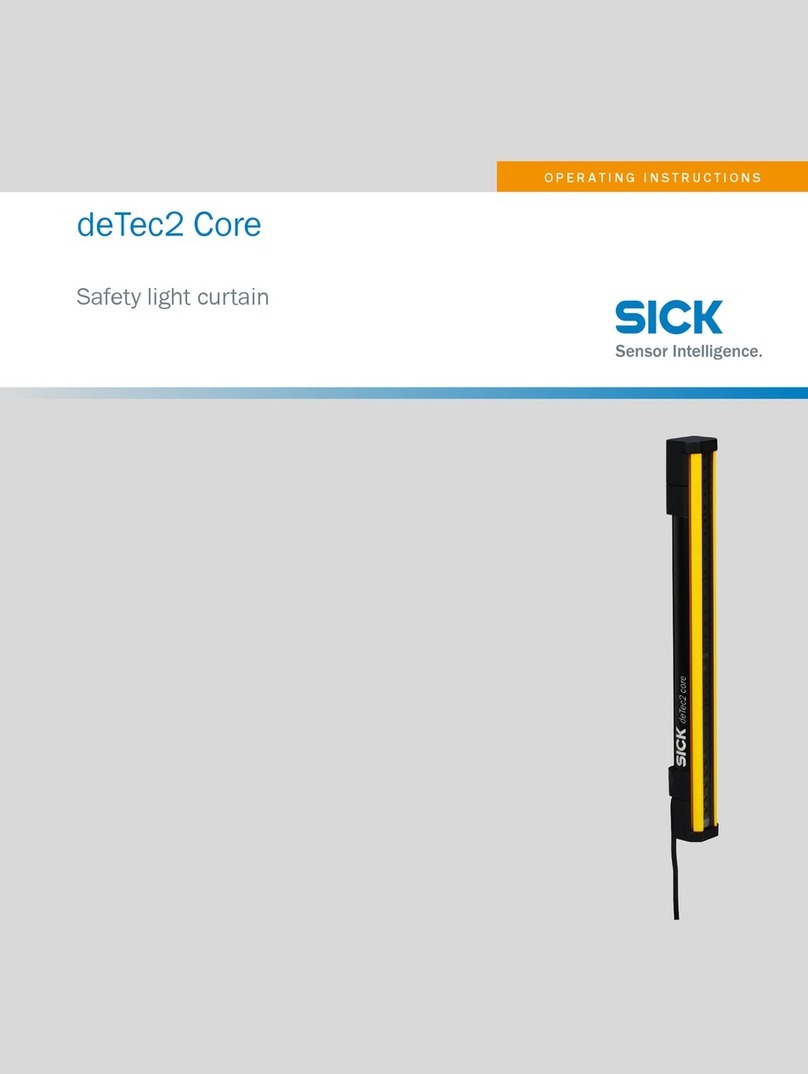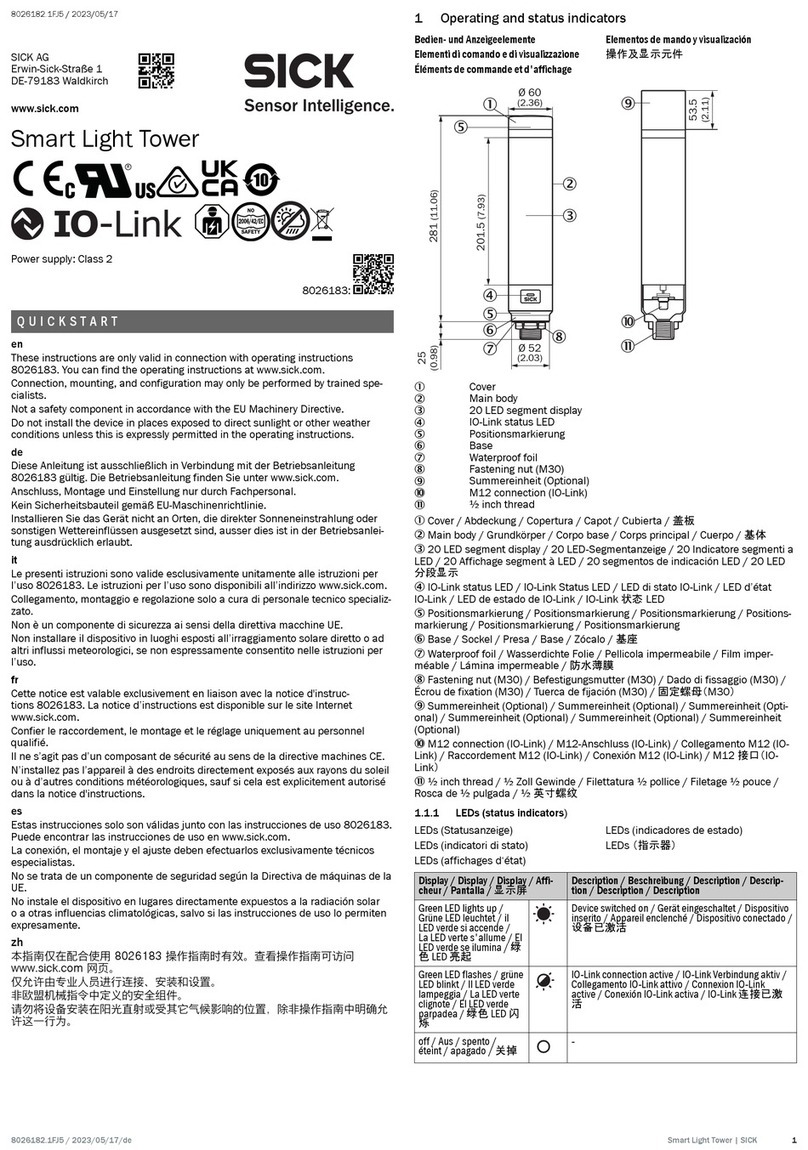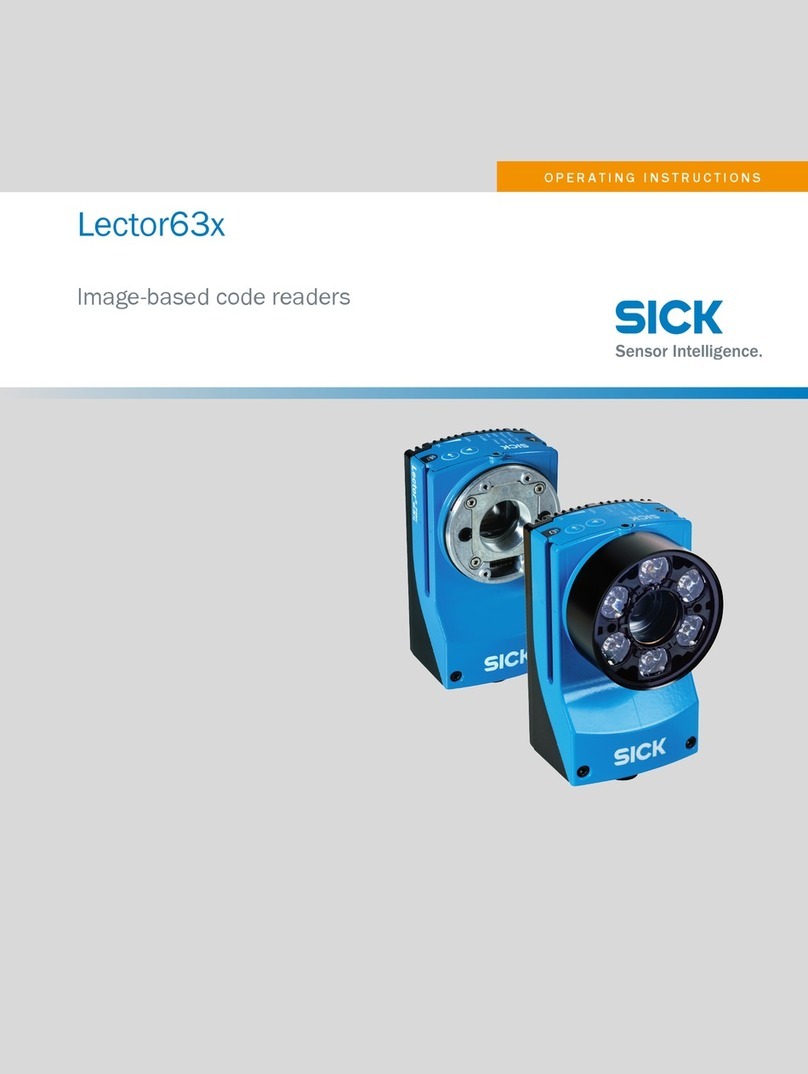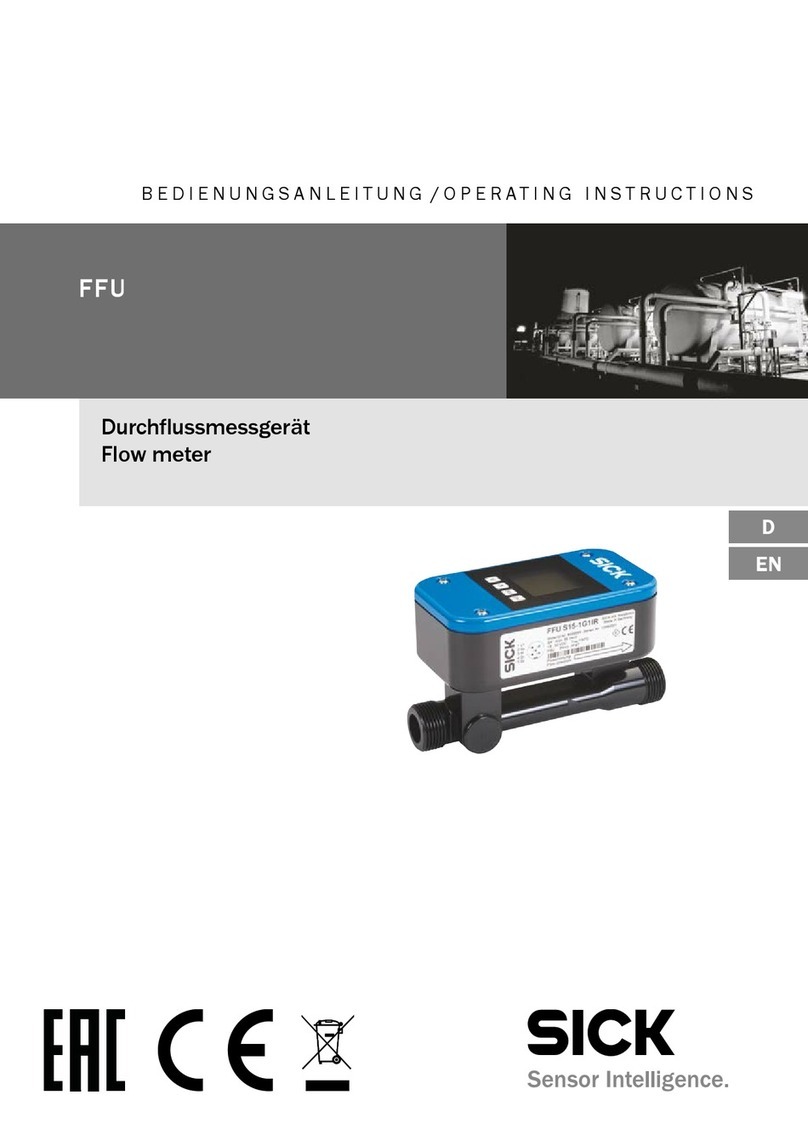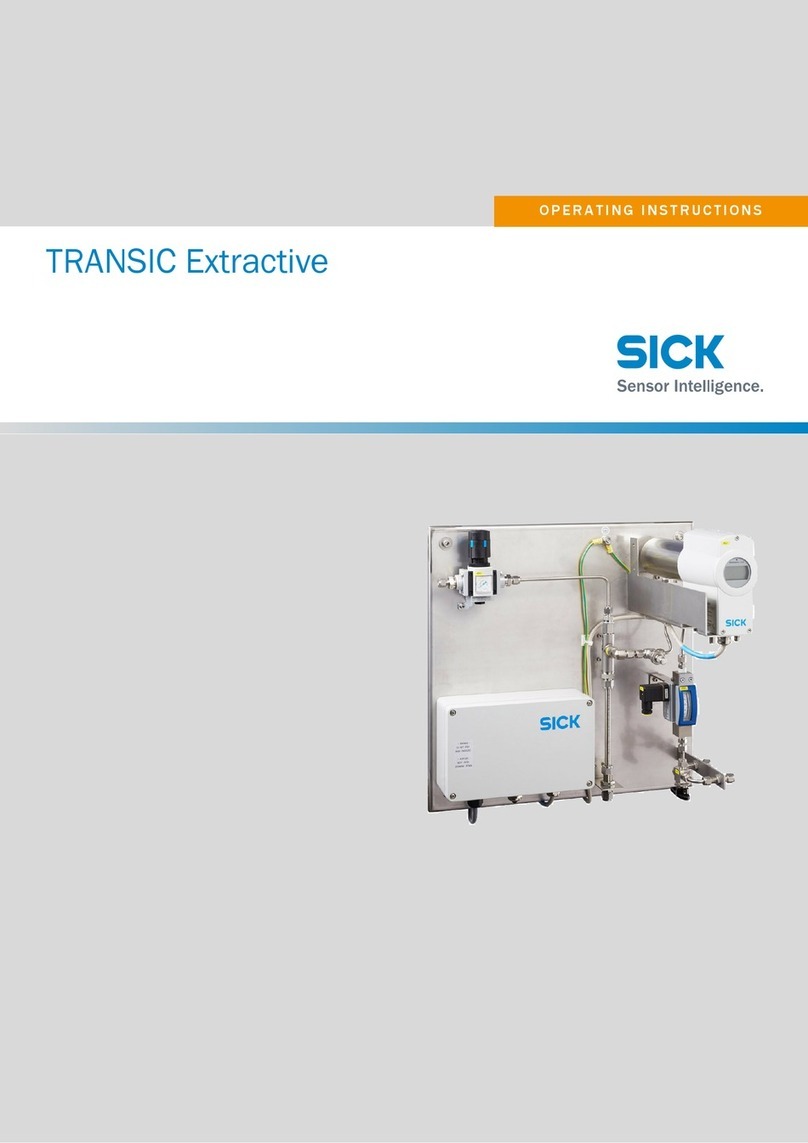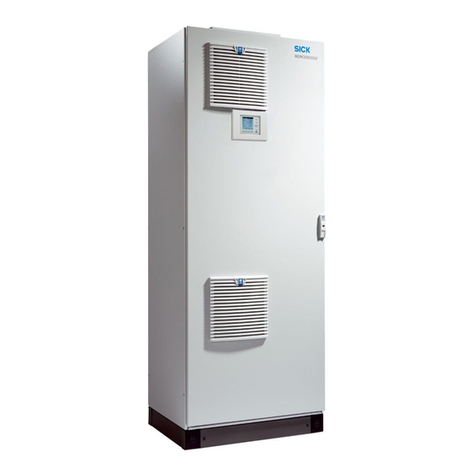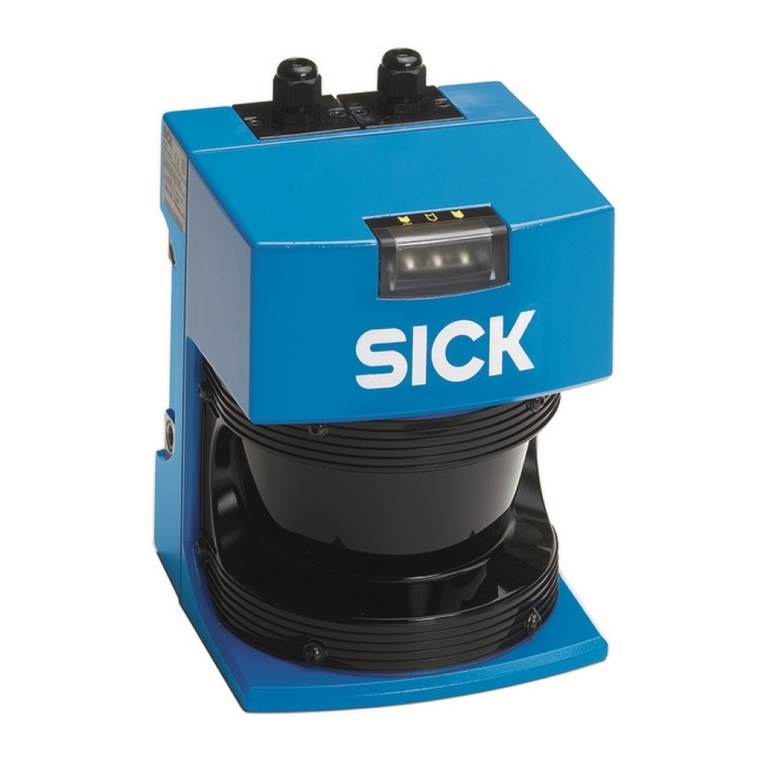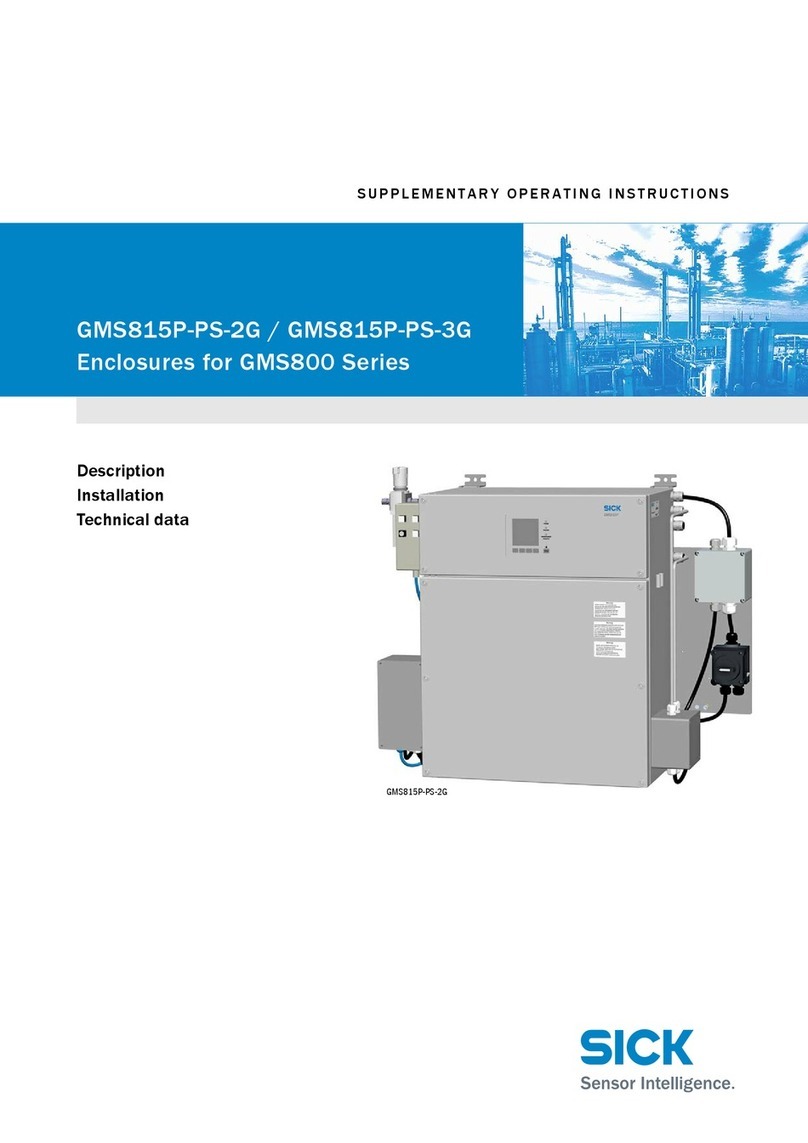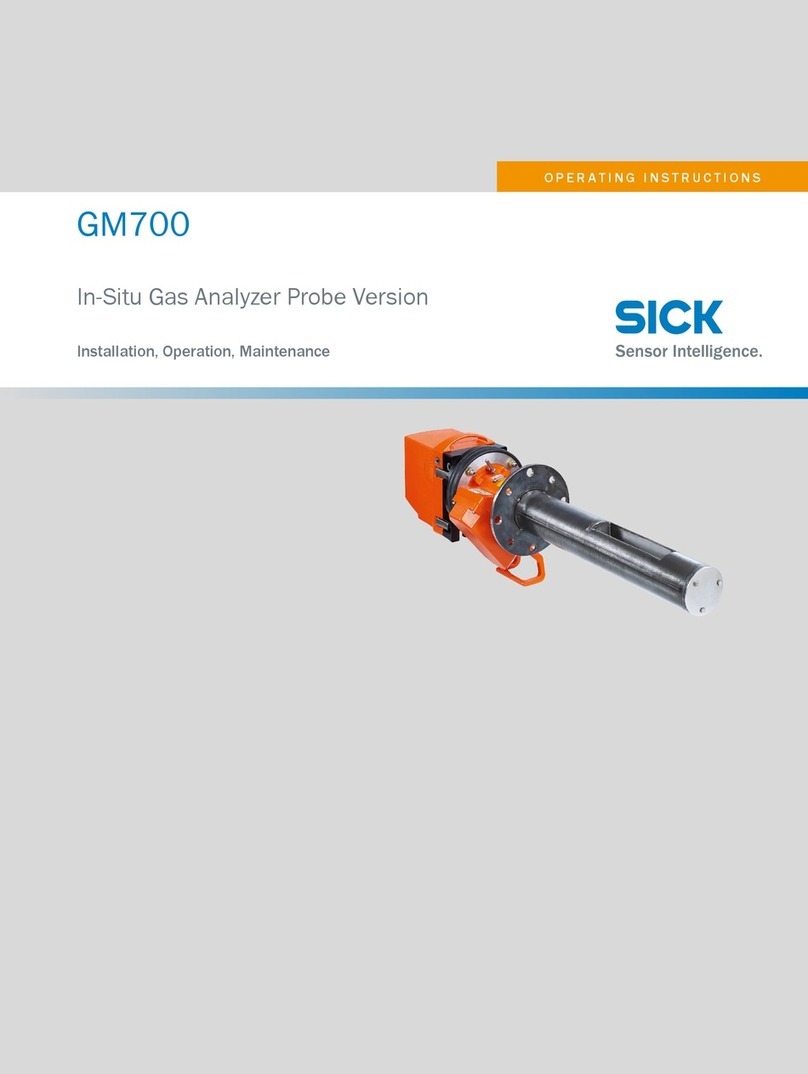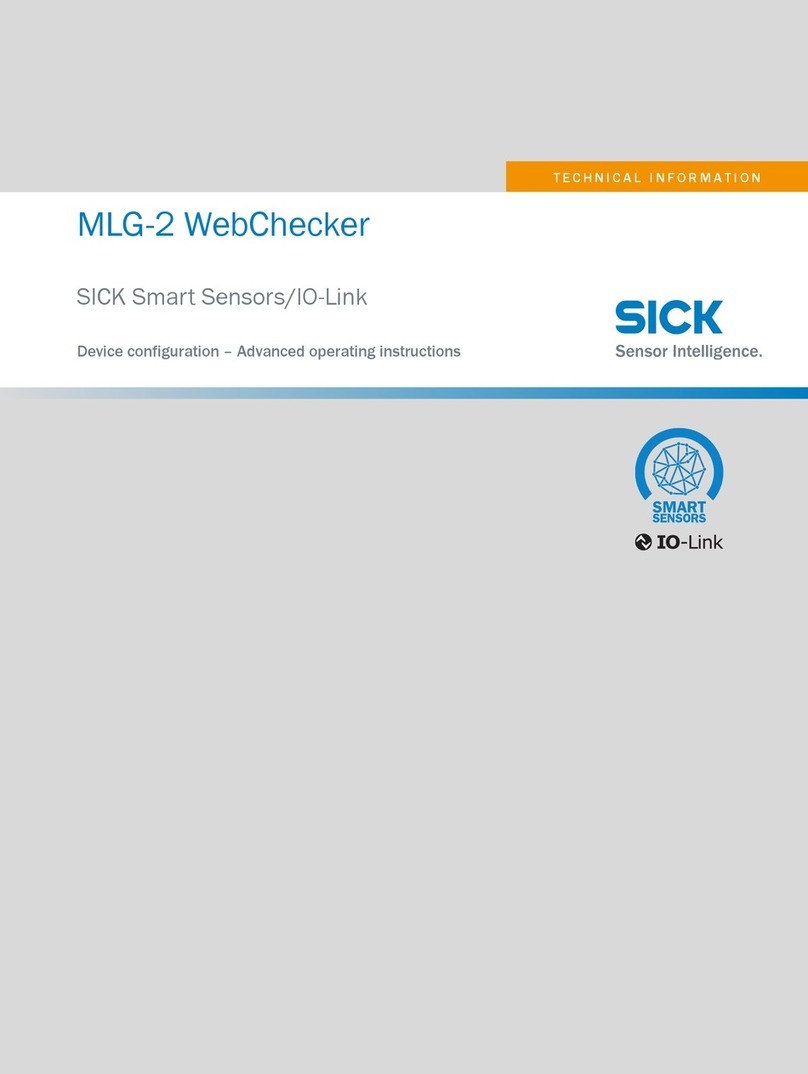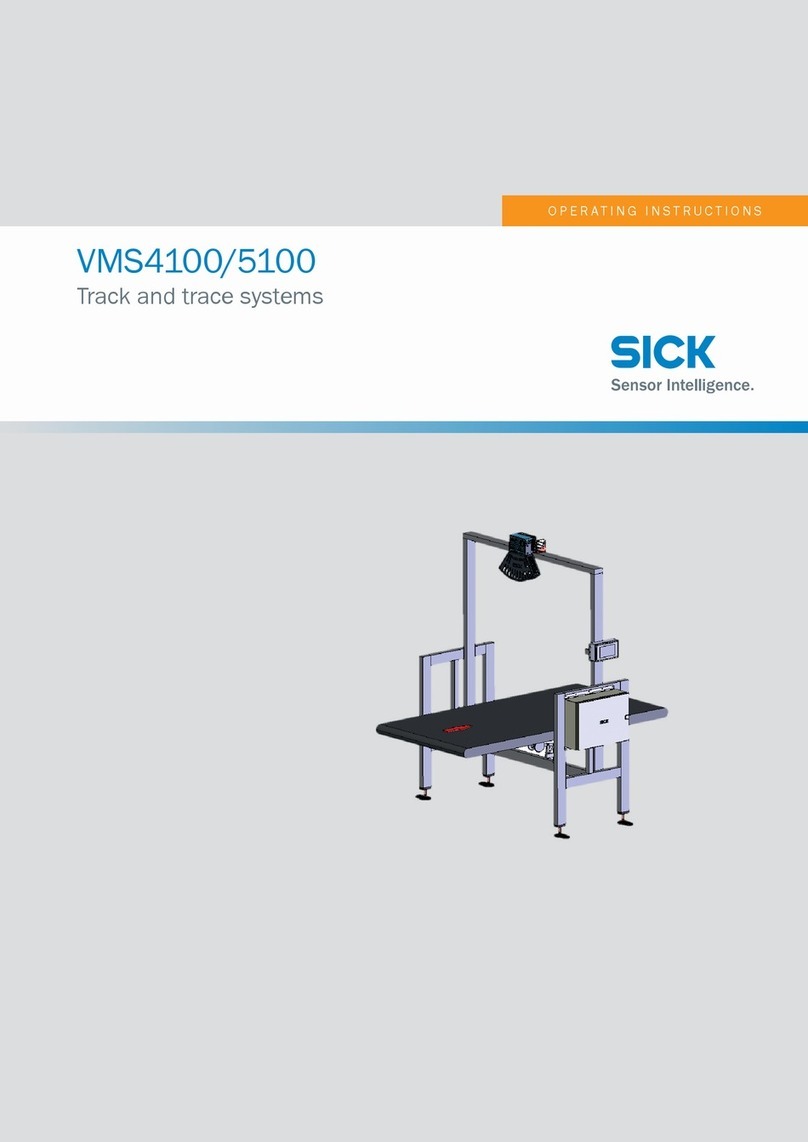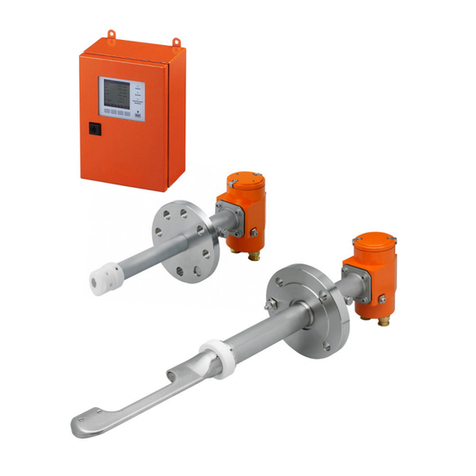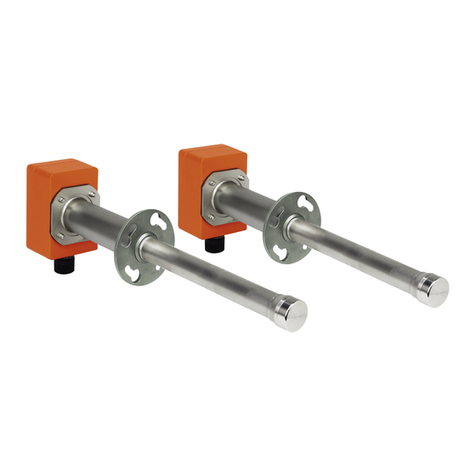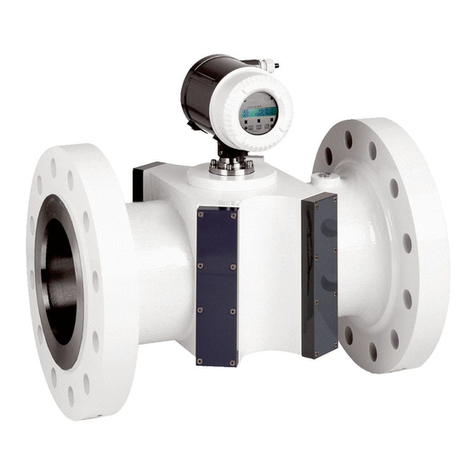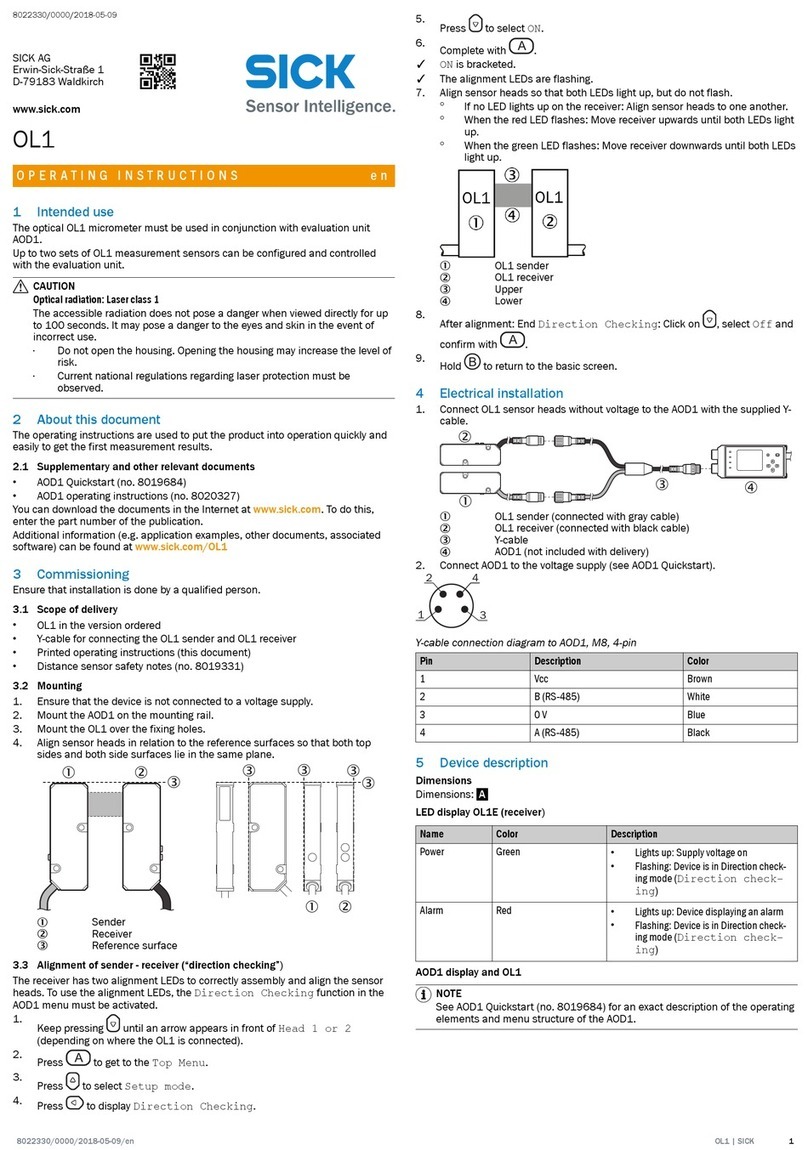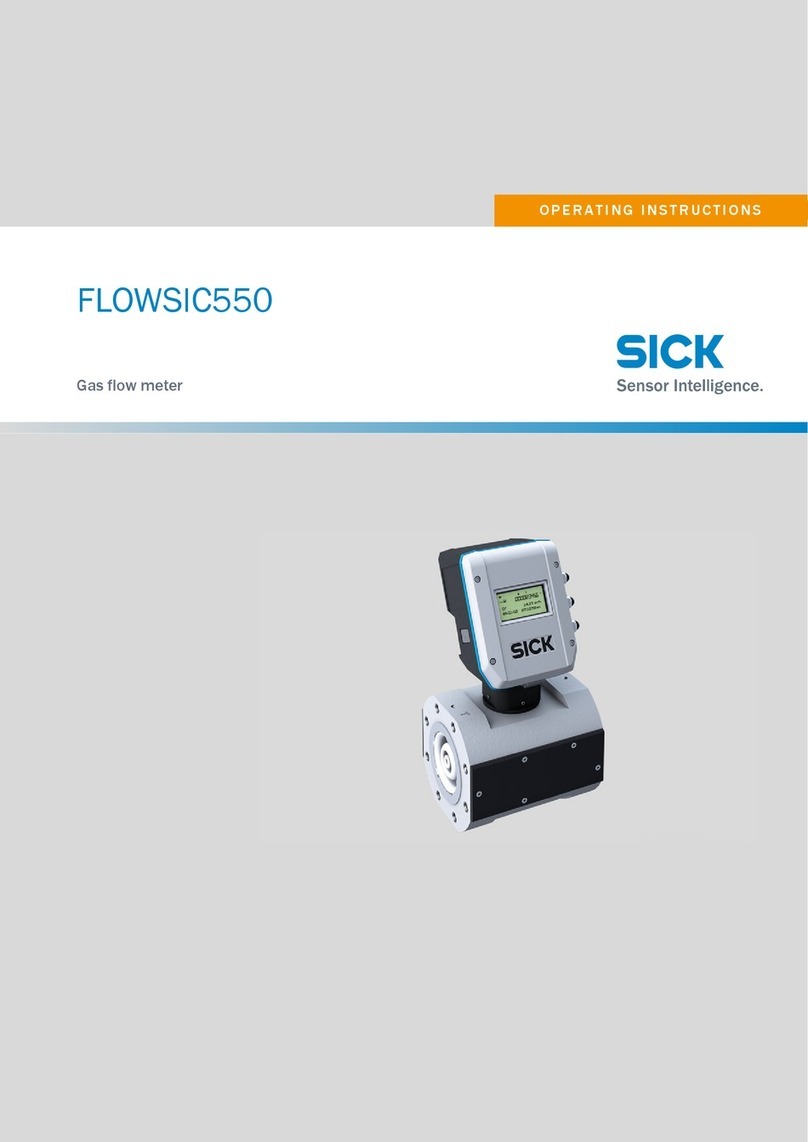
Contents
1 About this document........................................................................ 5
1.1 Scope......................................................................................................... 5
1.2 Target groups of these operating instructions........................................ 5
1.3 Additional information.............................................................................. 5
1.4 Symbols and document conventions...................................................... 5
2 Safety information............................................................................ 7
2.1 General safety notes................................................................................ 7
2.2 Intended use............................................................................................. 7
2.3 Requirements for the qualification of personnel.................................... 7
3 Product description........................................................................... 9
3.1 Device overview........................................................................................ 9
3.2 Design and function................................................................................. 10
4 Project planning................................................................................ 11
4.1 Needs-based cleaning using the airWiper.............................................. 11
4.2 Example: situation-dependent cleaning with different intensities........ 14
4.3 Example: two-stage cleaning, triggered by warning field or contami‐
nation warning.......................................................................................... 17
4.4 Example: single-stage cleaning, triggered by small warning field or
contamination error.................................................................................. 21
4.5 Multiple safety laser scanners with airWiper.......................................... 25
5 Mounting............................................................................................. 26
5.1 Connecting the compressed air hose...................................................... 26
5.2 Detaching the compressed air hose....................................................... 26
5.3 Replacing the compressed air connection.............................................. 26
6 Maintenance...................................................................................... 28
6.1 Regular cleaning....................................................................................... 28
6.2 Maintenance of the compressed air supply........................................... 28
6.3 Regular thorough check........................................................................... 28
7 Troubleshooting................................................................................. 30
7.1 Troubleshooting........................................................................................ 30
8 Technical data.................................................................................... 31
8.1 Data sheet................................................................................................. 31
8.2 Compressed air consumption.................................................................. 31
8.3 Dimensional drawings.............................................................................. 32
9 Ordering information........................................................................ 34
9.1 Ordering information for the airWiper kit................................................ 34
10 Annex.................................................................................................. 35
CONTENTS
8027429/2022-05-20 | SICK O P E R A T I N G I N S T R U C T I O N S | airWiper 3
Subject to change without notice

